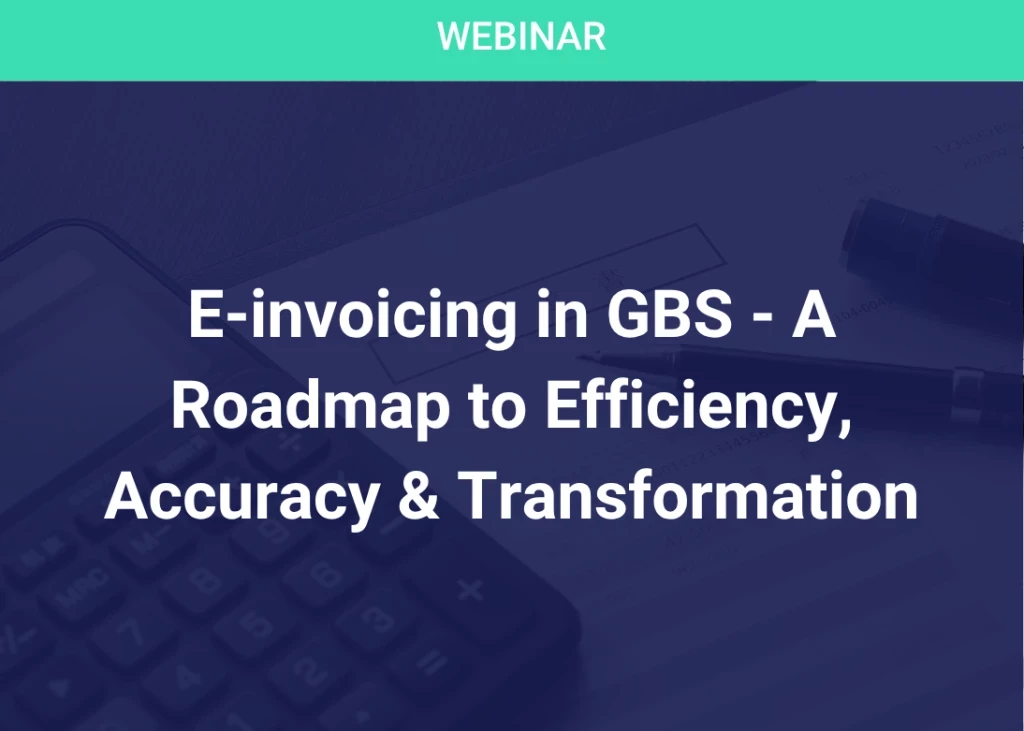
It goes without saying that every organization needs a payroll strategy. From as small as an independent contractor who is paid via invoicing, to the biggest corporation in the world. Every organization needs to have a set of principles and a plan, that addresses a mechanism to compensate the people, or person, for their work towards achieving the organization’s goals, in an accurate, compliant and timely fashion. This plan is a payroll strategy... Could it be that simple? And the answer is: Yes, it could. Using a modified version of Osterwalder’s Business Model Canvas cc
Alexander Osterwalder and 470 co-creators developed The Business Model Canvas in the late 2000s, aimed at functional thinking about monetizing data. IBM and Ericsson have used the model to improve strategic thinking about value creation in their businesses. It has been called “Most prominent... popular tool that makes it simple for practitioners to design business models in a creative session.” And it really is simple.
The model is a plan on a page. A single page that businesses can use to strike a compromise between pursuing opportunities and avoiding threats and risks. Already looking much better than the 40-page departmental strategy documents business schools taught us to write little more than a decade ago. Show me an Exco member who would not like shorter quantity but higher quality conversations about getting from the current state to the desired state.

The page is divided in to four different sections. Each section describes an aspect of the value creation process. Reading the page from the top right mimics the concept of working anti-clockwise, in a Back to the Future kind off way. To bring ideas about the ideal future state, from the future and into the present. First, we look at customers by answering three questions: Who are our customers? What type of relationships do we have with them? How do we reach them? Second, we think about innovative ways to enhance our product offering. Our product offering is something only we can give to our particular customers. Thirdly, and on the left of the page, we take a deep dive into our internal operations by answering three questions: What are our key resources? What are the key activities to convert those key resources into our product offering? Who is going to help us do it? Lastly, underpinning all of the above are financials: cost and revenue. In other words, how much are we spending to convert key resources into our product offering and how are we going to show a profit? This last element of the four is also the one that we modify slightly given that our payroll department might not be required to deliver a profit.
The ability of Osterwalder’s model to simplify the plan that an organization needs to pay its people, perfectly hymns along to the pinnacle principle of payroll: to pay people accurately, compliantly and on time using appropriate technologies and resources. Due to the exquisite simplicity of the model, it is highly transferable and applies equally well to small and large organizations, whether for profit or not. Applying this model on the payroll department brings forward thinking and future proofing to an important function of the business, that has historically been treated as mere administration.
In recent times we have seen changes to traditional business structures as many organizations refocus to maintain their competitive advantage. Merger and acquisition activities have increased across the spectrum with US oil and gas companies for example reporting a seven year-high in November of 2021. Businesses entering new markets rely on payroll strategies that will ensure ultimate employee experience and compliance with local legislation while remaining cost efficient. By viewing payroll as a function of the business in it’s own right through the lens of Osterwalder’s model, we gain a new perspective about how to make decisions about our payroll processes, technology and people. Overlaying this with the overall strategy for the organization helps to answer questions about outsourcing, offshoring, centralization and shared services or indeed keeping the function inhouse. It changes the narrative about payroll from cost containment to value creation.
Over the next five parts of this series, we will analyze the components of The Business Model Canvas and apply it to the payroll function. In part two we will focus our attention on the customers of the payroll department, while in part three we’ll take a deeper look into the value proposition that is payroll. As we move to part four we discuss internal payroll operations while part five will focus on the very important financial considerations. Six, the last installment of this series, will summarize the previous parts by discussing a practical example.
Join me in this exciting journey!
References
- Osterwalder, Alexander; Pigneur, Yves; Clark, Tim (2010). Business Model Generation: A Handbook For Visionaries, Game Changers, and Challengers. Strategyzer series. Hoboken, NJ: John Wiley & Sons. ISBN 9780470876411. OCLC 648031756. With contributions from 470 practitioners from 45 countries.




















